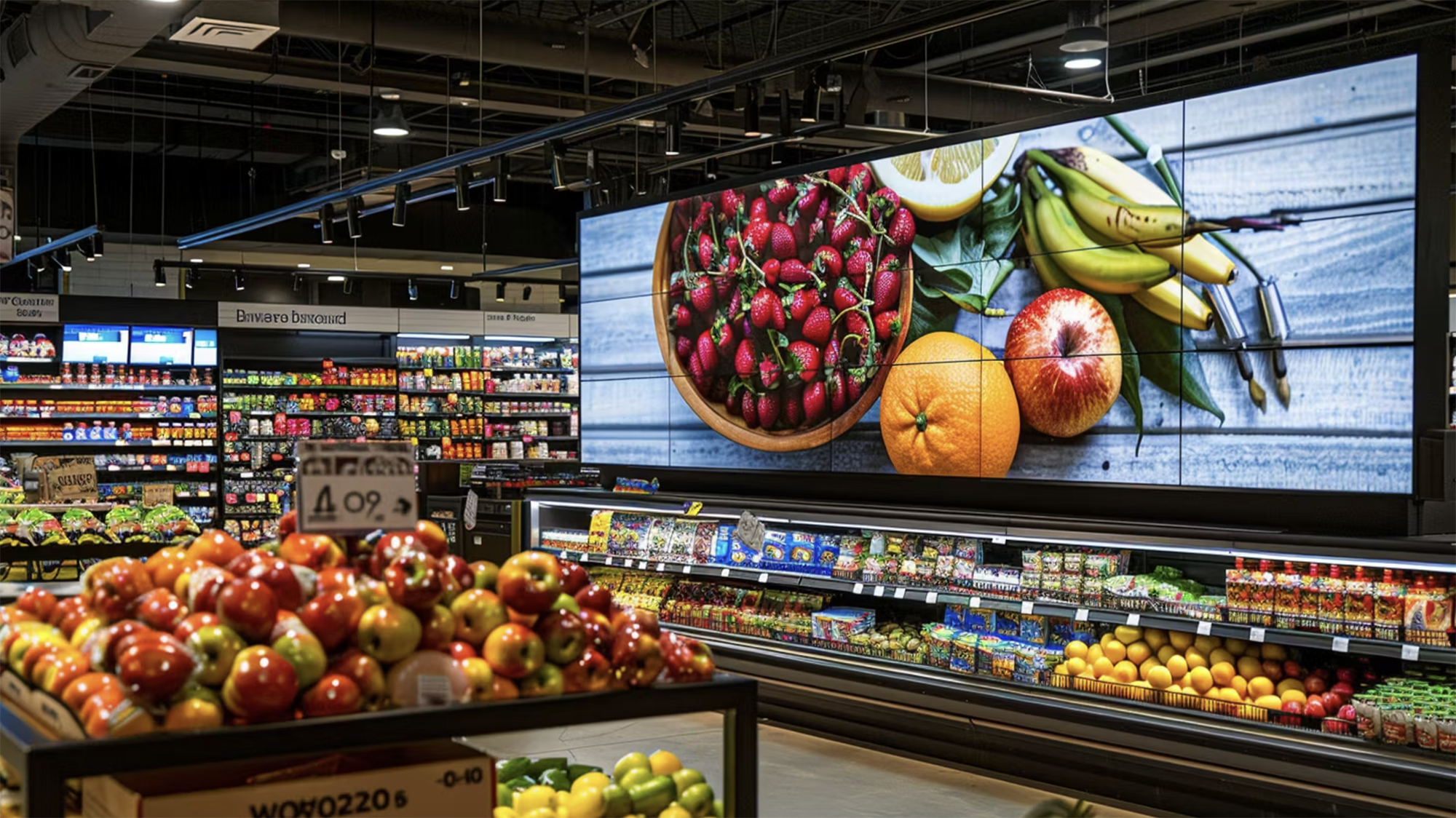The Continued Relevance of Third-Party Platforms in Grocery

Relevance of Third-Party Sales
- Third-party sales have stabilized YOY in 2024
- 18.1% share of third-party sales in 2023
- 22.5% decrease in third party sales in May 2023
- 14.9% third-party sales in Jan 2024
In the evolving grocery sector, partnerships with third-party platforms continue to be crucial for grocers aiming to expand their market presence, streamline operations, and elevate the customer experience. Despite the growing trend of developing in-house capabilities, third-party platforms remain a vital and strategic avenue for grocery retailers.
This article examines the persistent importance of third-party sales, highlighting the benefits they bring and their resilience amidst the advancement of in-house solutions, with observations spanning from January 2023 to January 2024.
Broadening Market Reach and Amplifying Visibility
A primary driver for grocers utilizing third-party platforms is the opportunity for market expansion and increased visibility. Partnering with established third-party entities allows grocers to reach a broader audience than traditional methods might allow. Online marketplaces and delivery services become essential conduits for presenting products to a larger audience, thus enhancing brand recognition and drawing in new customers.
Enhancing Operational Efficiency
Through third-party partnerships, grocers can leverage the sophisticated infrastructure and technological innovations of their partners, avoiding the substantial investments required for similar in-house developments. This strategy promotes operational efficiency and cost savings, especially benefiting smaller grocers with limited resources. By delegating aspects like picking, logistics, and delivery to experts, grocers can focus on their core business and merchandising, ensuring efficient distribution.
Elevating Customer Convenience and Satisfaction
The adoption of third-party services improves the shopping journey by offering a seamless online interface and versatile delivery choices, thus boosting customer convenience and satisfaction.

Responding to the Growth of In-House Capabilities
Data from Grocery Doppio covering January 2023 to January 2024 shows a stabilization in third-party sales, despite their initial dominance. The sector witnessed an 18.1% share of digital grocery sales through third-party providers in January 2023, but a significant decrease to 22.5% by May 2023 marked a shift. This trend persisted, with percentages falling to 17.4% by July and further to 14.9% by January 2024.
Despite this decline, the continuous presence of third-party sales highlights their fundamental value. While many grocers have developed their online platforms and delivery systems, third-party platforms still provide immediate access to a vast customer base and a level of convenience that is hard to match with in-house resources. The fluctuations in the data reflect the dynamic nature of the grocery industry, influenced by consumer behaviors, market dynamics, and the challenges third-party vendors face.
Conclusion
Despite the fluctuations in third-party sales data from January 2023 to January 2024, these partnerships remain a crucial element of the grocery industry's expansion strategy. Their contribution to market access, operational efficiency, and customer satisfaction solidifies their status as an essential resource for grocers. As the digital grocery marketplace continues to evolve, a balanced approach that leverages both in-house capabilities and third-party collaborations will be key to navigating the challenges and seizing the opportunities that lie ahead.


.png)





.png)


